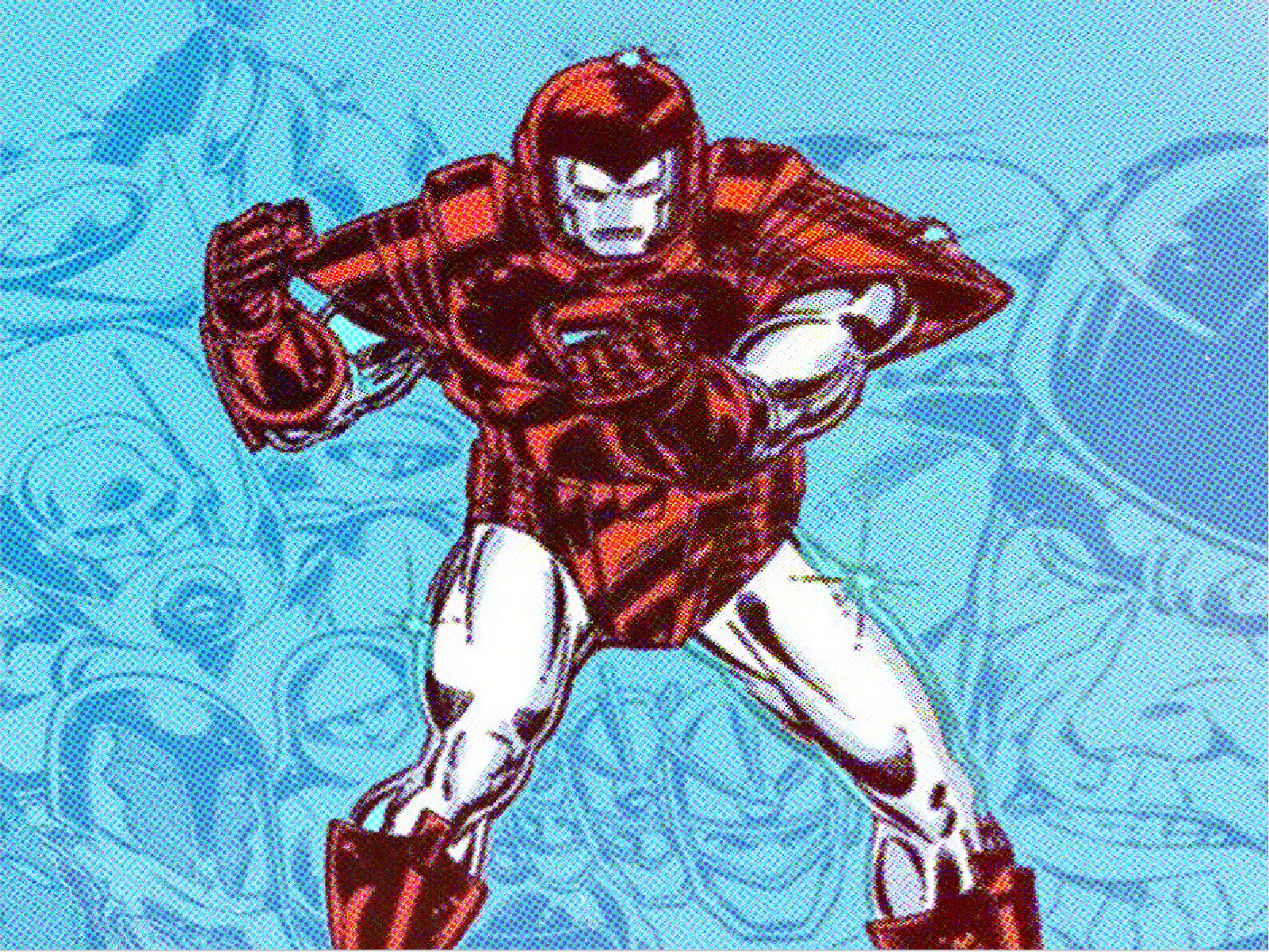A Shining Bright Icon: The Comics Industry Will Miss MD Bright.
Word arrived on April 1 that comic book artist Mark D. Bright, also known as M.D. or Doc Bright, had passed away in late March, in the company of his family in Montclair, New Jersey.
True to form, other comics industry news completely overshadowed Bright’s passing, which seemed all too appropriate for the artist who rarely gave interviews, was seldom seen at comic book conventions, and spent most of his comic book career as one of those quiet, underappreciated guys who produced solid, entertaining comics month in month out, but never managed to turn up on those Wizard Magazine Top Ten Hottest Artist lists. But he was a talented artist, his collaborators loved him, and you always knew you were in for a good read when you saw his name in the credits box.
My introduction to his work came in fall 1987, back in my earliest days as a comic book reader. I saw the first issue of Solo Avengers, a split-book featuring Hawkeye in the lead story and another Avenger in the second half of the book, and picked it up, excited to get in on the ground floor of a Marvel title when most of their books had been around since the 1960s. Writer Tom DeFalco revealed new details behind Hawkeye’s origin story, and that was all well and good, but Mark Bright’s artwork had me hooked from page one. (Didn’t hurt that newcomer Jim Lee and inker Al Williamson drew the backup story, featuring Hawkeye’s wife, Mockingbird, either.)
Not long after that run on Solo Avengers, Bright drew Iron Man. So I checked out Iron Man, just in time for Armor Wars (originally serialized as “Stark Wars”), and that’s still my all-time favorite Iron Man storyline, more than 35 years after its original publication.
Over and over again, Bright turns up in my collection, always inspiring his collaborators to bring their A-game. He drew the Snake-Eyes Trilogy in G.I. Joe in the late 1980s, everybody’s favorite Snake-Eyes story outside of the origin and Silent Interlude.
I tracked down Spider-Man vs. Wolverine, since it tied in with the Gang War storyline that had been running when I first started reading Amazing Spider-Man, and that was great, too. Solid storytelling, dramatic tension, cinematic flair...always elevating the script, never detracting or distracting.
Christopher Priest—working professionally as James Owsley in the 1980s—knew he was onto something, too, since he’d go on to collaborate with Bright on the critically acclaimed and criminally underrated Quantum and Woody, which demonstrated both creators’ talent for understated comedy, as well as an all-time great run (I keep using that term, but it’s accurate) on Marvel’s Black Panther. Bright was the original series artist on Milestone’s Icon, written by the late, great Dwayne McDuffie, yet another all-time great run that belongs in every comic book collection.
Both Green Lantern: Emerald Dawn miniseries, too. I don’t know that there’s another artist who worked on so many character-defining series with no fanfare whatsoever. His name doesn’t come up in Hall of Fame conversations, he never got (nor sought) that fan-favorite status, never got his picture on a bubblegum card...but the work speaks for itself, even if Bright didn’t.
+++



